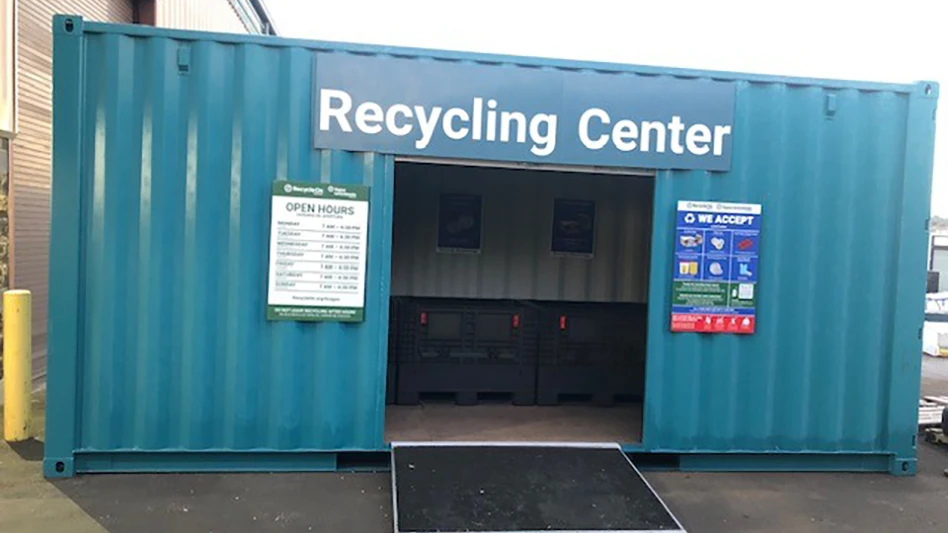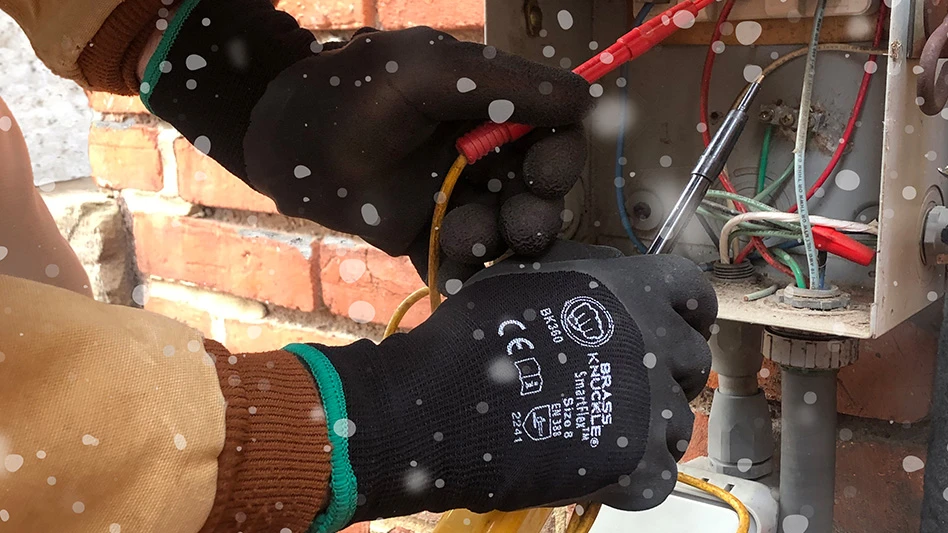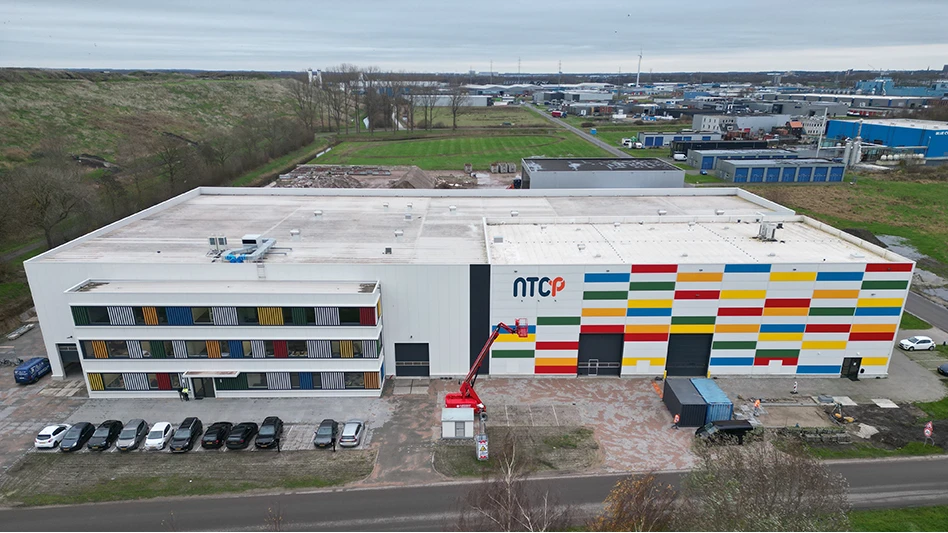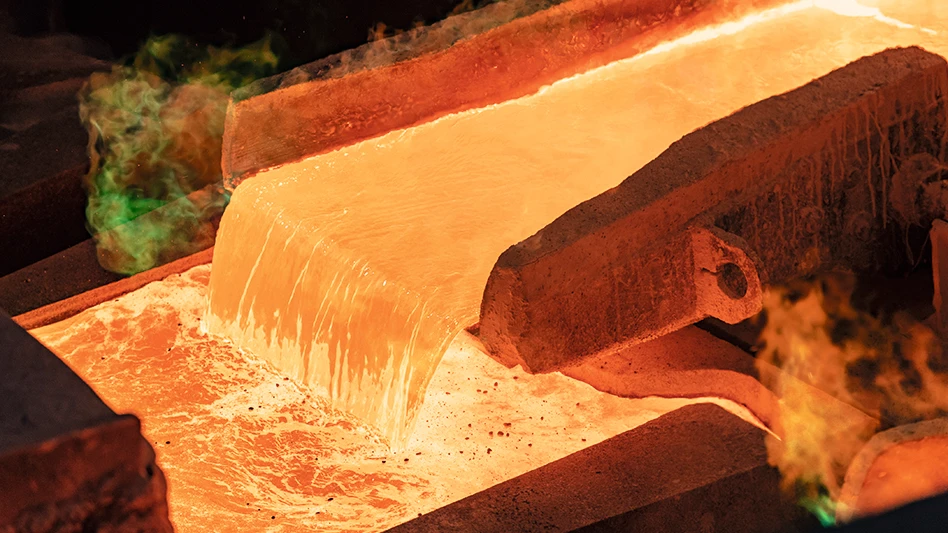The Aircraft Fleet Recycling Association (AFRA), Washington, says it recently joined with Boeing and an AFRA-accredited airplane demolition company to disassemble and recycle the Boeing ecoDemonstrator 757 airliner using environmentally responsible best practices.
Following the 757’s demolition, less than 10 percent of the airplane’s total weight—filling a single 15-yard dumpster—was labeled as waste or sent to a landfill, AFRA says.
The recycling event followed several months of flights by Boeing’s ecoDemonstrator 757 testing technologies that could improve aviation’s environmental performance by reducing fuel use and emissions. At the conclusion of ecoDemonstrator flight tests, Boeing partnered with AFRA and the aircraft owner, the lessor Stifel, to recycle the 757 using AFRA’s environmental best practices.
The AFRA-accredited company Aircraft Demolition LLC, Burnsville, Minnesota, was selected by Stifel to conduct the airplane’s disassembly and materials recycling at the Grant County International Airport in Moses Lake, Washington.
“This joint project was a great way to showcase the AFRA ‘Best Practices Manual’ on how to perform a proper end-of-life program of an airliner,” says Tim Zemanovic, chief executive officer of Aircraft Demolition LLC and its sister company Jet Yard LLC.
“The ecoDemonstrator disassembly was a powerful opportunity for AFRA to showcase the approved and accredited maintenance process for the removal of reusable parts; proper handling, packaging and preservation of spare parts; and the documentation to support traceability,” says Reed Hitchcock, executive director of AFRA.
Certified maintenance technicians with Aircraft Demolition spent more than a month in Moses Lake, preparing for the teardown and disassembly of the 30-year-old Boeing 757 airliner. All recycling processes followed the AFRA “Best Practices Manual” and were concluded in fewer than 30 days.
Aircraft Demolition developed a part “harvest list” to maximize the revenue of any used parts sales. Following AFRA’s guidelines, each part removed was given a job card that included the maintenance manual (MM) and illustrated parts catalog (IPC) reference. This extra step enhances the removal process and allows future tracking of parts in the aftermarket, AFRA says.
More than 1,100 parts from the Boeing 757-200, which was built in 1990, were harvested for reuse in the aftermarket for aviation parts. Additionally some fuselage sections were removed for engineering, testing and other purposes.
The collaboration was an opportunity for Boeing to learn about end-of-service recycling. "Watching the recycling of this airplane provided insights into the potential to design and build the airplane with disassembly and recycling in mind," says Jeanne Yu, Boeing Commercial Airplanes director of environmental performance. "Our goal is to continue to reduce the amount of material from retired aircraft that will be sent to landfills in the future."
AFRA’s Hitchcock says, “Our recycling process guarantees that scrap is mutilated to ensure it does not find its way back into the aircraft aftermarket.”
Zemanovic adds, “The process is rooted in making sure the industry is as thorough as possible capturing all the fluids, waste and the segregation and recycling of all metals to safeguard the environment. As we dismantled the ecoDemonstrator 757, all environmental safety protocols were followed and items were recycled to their highest and best use or value.”
Latest from Recycling Today
- US Steel to restart Illinois blast furnace
- AISI, Aluminum Association cite USMCA triangular trading concerns
- Nucor names new president
- DOE rare earths funding is open to recyclers
- Design for Recycling Resolution introduced
- PetStar PET recycling plant expands
- Iron Bull addresses scrap handling needs with custom hoppers
- REgroup, CP Group to build advanced MRF in Nova Scotia





